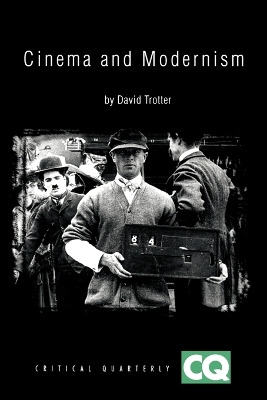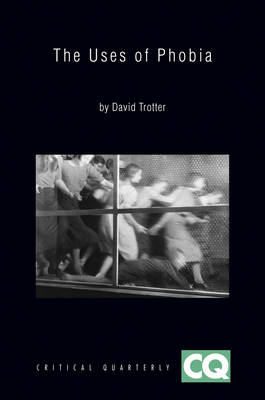Critical Quarterly Book
2 total works
This study revolutionises our understanding of both literary modernism and early cinema. Trotter draws on the most recent scholarship in English and film studies to demonstrate how central cinema as a recording medium was to Joyce, Eliot and Woolf, and how modernist were the concerns of Chaplin and Griffith. This book rewrites the cultural history of the early twentieth century, showing how film technology and modernist aesthetics combined to explore the limits of the human.
- Offers major re-interpretations of key Modernist works, including Ulysses, The Waste Land, and To the Lighthouse
- Explores film and film-going in works by Henry James, Frank Norris, Rudyard Kipling, Katherine Mansfield, and Elizabeth Bowen
- Offers original analyses of crucial phases in the careers of two of the most celebrated film-makers of the silent era, D.W. Griffith and Charlie Chaplin
The essays brought together in this book understand phobia not as apathology, but as a versatile moral, political, and aestheticresource and one with a history. They demonstrate thatenquiry into strong feelings of aversion has enabled writers andfilm-makers to say and show things they could not otherwise havesaid or shown; and in this way to get profoundly and provocativelyto grips with the modern condition. * Makes extensive reference to original readings of a wide rangeof literary texts and films, from the 1850s to the present * Places a strong emphasis on the value phobia has held, inparticular, for women activists, writers, and film-makers * Discusses a range of writers and film-makers from Dickens,Thackeray, and George Eliot through Hardy, Joyce, Ford and Woolf;from Jean Renoir through Hitchcock and Truffaut to Margarethe vonTrotta and Pedro Almodovar * Intervention in key debates in cultural theory and culturalhistory

